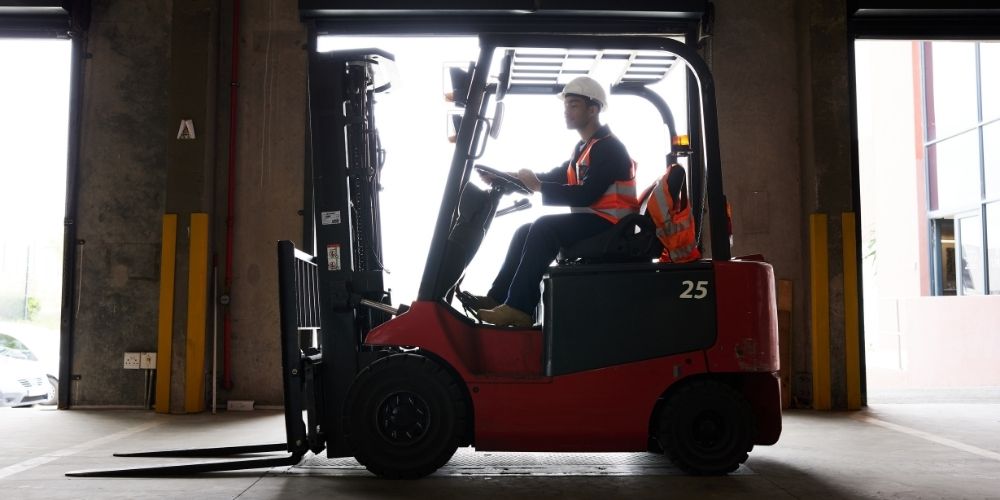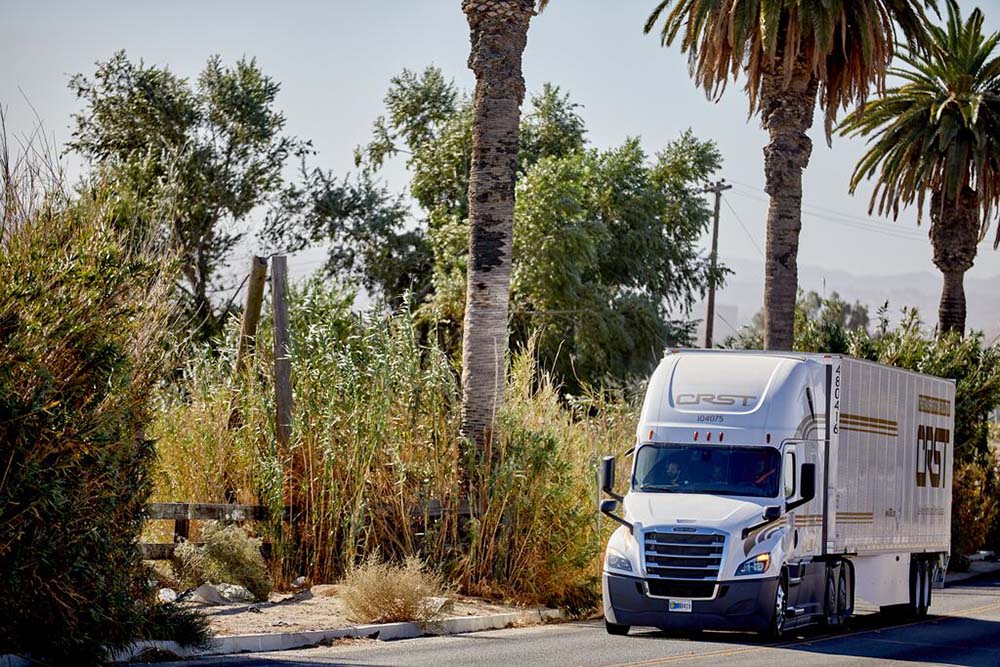What’s National Forklift Safety Day about?
Backed by the Industrial Truck Association (ITA), this annual event shines a spotlight on the training, best practices and safety standards necessary to create safer warehouses, loading docks and job sites.
Four forklift safety tips
While incredibly useful, forklifts can pose serious risks when operators neglect safety protocols or skip inspections. Raising awareness about proper forklift usage helps ensure these machines remain assets – not hazards.
- Keep loads low while moving: Lower forks to just above the ground and tilt the load back slightly before driving. Traveling with a raised load can significantly increase the risk of tipping over.
- Move slow: Forklifts are designed for control, not speed. Slow down, especially when navigating corners, working near pedestrians or crossing uneven terrain.
- Never drive forward downhill with a load: To avoid tipping forward, reverse down inclines when carrying a load. This small adjustment can make a big difference.
- Eye contact and awareness: When operating in areas with people, sound your horn and ensure pedestrians see you before proceeding. Communication is key to preventing accidents.
One more (important!) thing: the pre-trip inspection checklist
Complete a thorough daily inspection to prevent mechanical failures and mitigate risks.
Before hitting the floor, inspect the following:
- Forks and carriage: Check for cracks, bends or visible damage.
- Roll cage: Ensure its structure is intact and secure.
- Tires: Confirm the tires are appropriate, free of cracks and not deteriorated.
- Controls: Test hydraulic functions such as lift and tilt.
- Brakes and steering: Confirm smooth and reliable operation.
- Lights, horn and signals: Make sure all safety signals are fully operational.
If anything seems off, don’t operate the forklift until the issue is resolved by maintenance. A proactive approach prevents accidents before they happen.
Not just for drivers: Situational awareness saves lives
Forklift safety extends beyond the operator’s control. Everyone in the vicinity plays a role in maintaining a secure workplace. Operators should scan for pedestrians, adjust to changing floor conditions and stay alert for blind spots.
Meanwhile coworkers and pedestrians should give forklifts plenty of space and avoid entering active zones. Simple measures like maintaining eye contact and clear communication can save lives.
To stick a fork in it
Whether you’re driving one, working nearby or relying on them to load and deliver freight, taking forklift safety seriously protects lives and keeps freight moving efficiently. National Forklift Safety Day is a great reminder that a few extra minutes spent on training and inspections can make a big difference.
And if you see a forklift driver today, take a moment to lift them up and say thanks.





